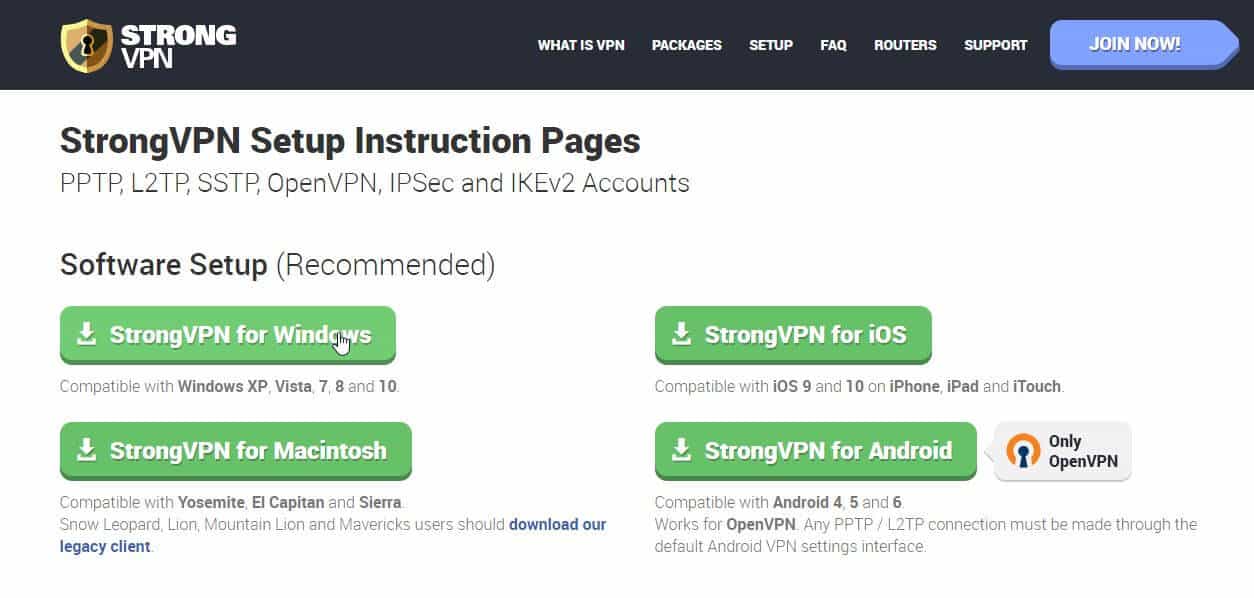
Site-to-site IPsec VPNs are typically deployed when two or more autonomous systems wish to communicate with each other over an untrusted media when confidential exchange of data is required.

Site-to-Site VPN Architectural Overview for a Dedicated Circuit In this section, we will explore design concepts related to both topologies and the corresponding configuration and verification processes required. As such, IPsec deployed over a routed domain will also provide further scalability, flexibility, and availability over and beyond the simple dedicated-circuit model. Indeed, because IPsec is a Layer 3 VPN technology, it was designed to function across multiple Layer 3 hops in order to circumvent many of the scalability and manageability issues in previous VPN alternatives. This scenario, while simple to deploy and manage, can be cost prohibitive and does not yield many of the benefits of IPsec VPN connectivity over a routed domain (multiple Layer 3 hops between endpoints).

The most basic form of IPsec VPN is represented with two VPN endpoints communicating over a directly connected shared media, or dedicated circuit, which closely resembles bulk encryption alternatives at Layer 1 and 2 of the OSI stack (see Table 1-1 for VPN technologies and the OSI stack).



 0 kommentar(er)
0 kommentar(er)
